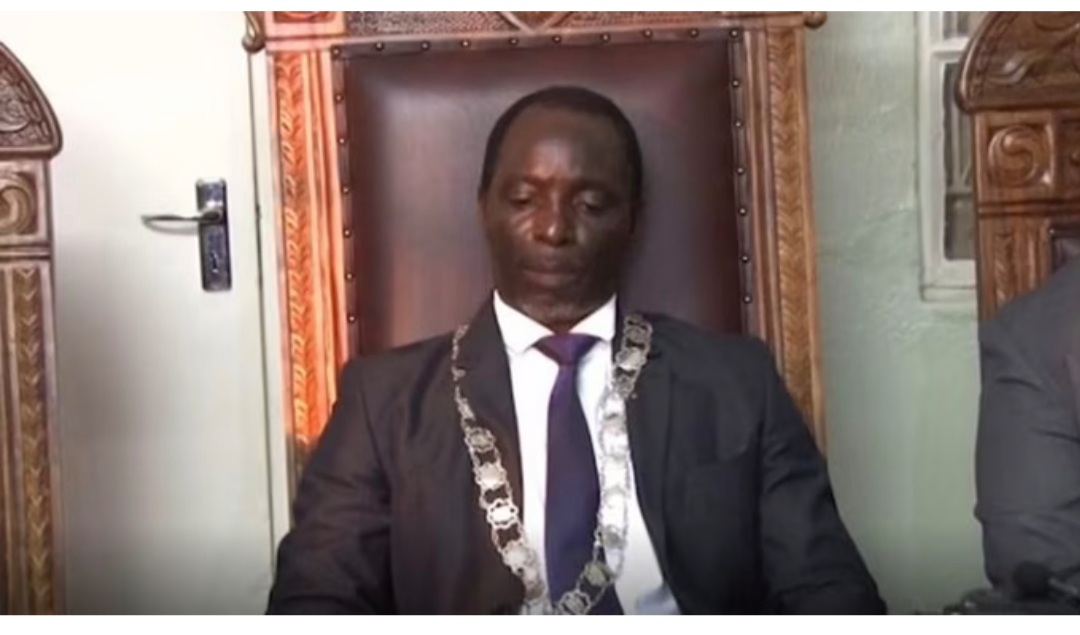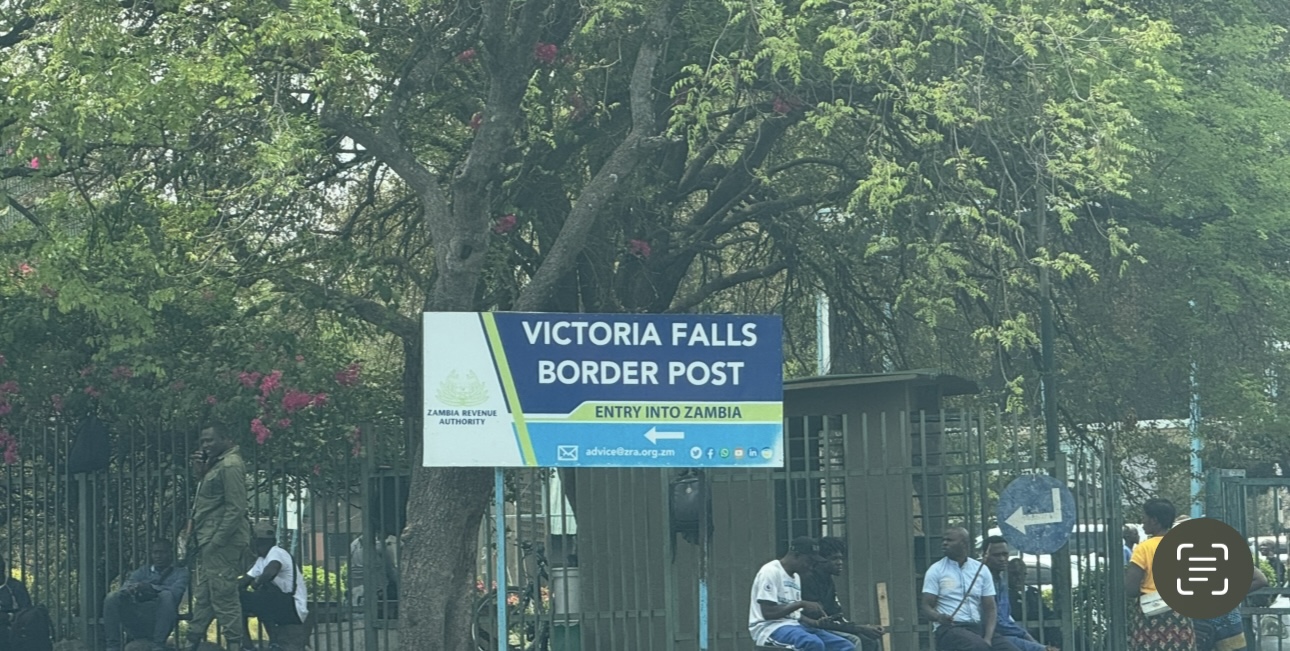BY NOKUTHABA DLAMINI
Victoria Falls mayor Somvelo Dlamini has appealed to the government to invest in a perimeter fence around the resort city to keep away dangerous animals, especially elephants, which killed two people last week.
A man from Mkhosana high density suburb was last Saturday trampled to death by an elephant in the BC847 residential area.
Four day prior to the tragic incident, another man had been killed by an elephant in the Mfelandawonye area.
Dlamini told VicFallsLive that although Zimbabwe Parks and Wildlife Management Authority (Zimparks) moved in quickly to put down the two elephants, killing them was not enough.
“We have lost quite a number of people in this town to these human-wildlife conflicts, but I think it’s not warranted to keep losing souls,” Dlamini said.
“We understand that we are in close proximity with wild animals as we are bordering national parks areas, but I believe that there must be control measures put in place so that we don’t keep experiencing these losses.
“We used to have a perimeter fence just outside town that used to protect people from these wild animals, but it was vandalised.
“I believe with government working with parks and local authorities, the fence can be put back so that we avoid stray elephants and buffalos getting into residential areas.
“I think this should be a quick and long lasting solution as (killing of people by elephants) has left many children broken and fatherless.”
Dlamini said residents should not be blamed for walking at night whenever they encounter dangerous animals’ attacks as they will be moving within residential areas.
In November last year, a bartender was gored to death by an elephant near a police station houses while walking home from work.
A mentally challenged man was killed by an elephant at the National Railways of Zimbabwe compound.
“The killings of people by these elephants cannot be blamed on the residents because the elephants stray from parks into the residential areas,” Dlamini said.
“If you look at the two elephants that killed these residents last week, they got into Mkhosana and killed them there.
“So we cannot say we are blaming the people because it is the duty of Zimparks to keep them away from the people.
“We had a meeting on Saturday with police, Zimparks and other stakeholders and we made it clear that there is no law that stipulates that urban authorities should be in-charge of animals, so it’s solely their duty (to keep the animals away).”
The mayor said it was resolved that council working with Zimparks would start conducting educational campaigns on how to deal with problem animals.
“The outcome of the meeting was that us as the local authority we going to work with Zimparks to sensitise people to avoid walking in secluded areas especially at night and Zimparks will also teach them about how to react during the conflict as we try to minimise loss of life,” Dlamini added.
“They suggested that as council, we must have a department of animal control and they promised to educate our workers on how to control problem animals in case there is a stray animal.”
Zimparks says 35 people have been killed by wild animals across the country this year alone.

 Slider3 years ago
Slider3 years ago
 National4 years ago
National4 years ago
 Tourism and Environment4 years ago
Tourism and Environment4 years ago
 Opinion4 years ago
Opinion4 years ago
 Special reports4 years ago
Special reports4 years ago
 National4 years ago
National4 years ago
 National3 years ago
National3 years ago
 National3 years ago
National3 years ago














Pingback: Victoria Falls Mayor Wants City Fenced Off To Keep Elephants Away